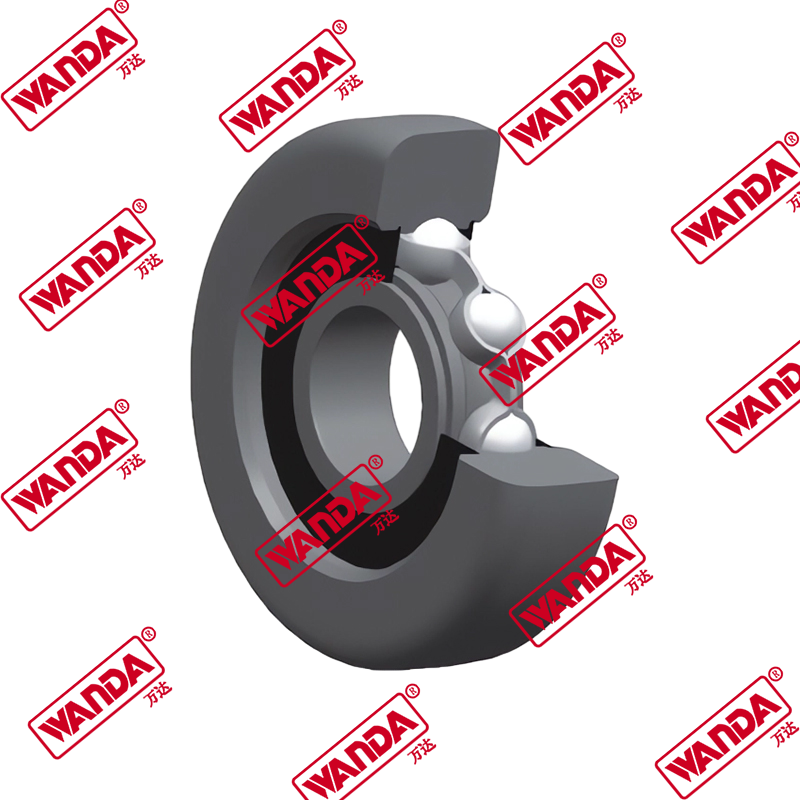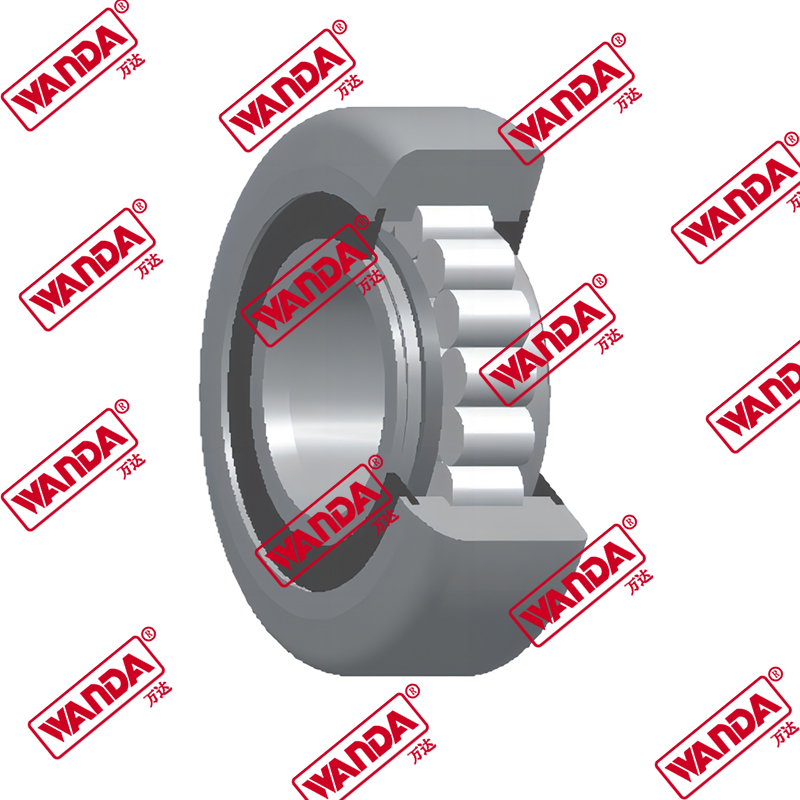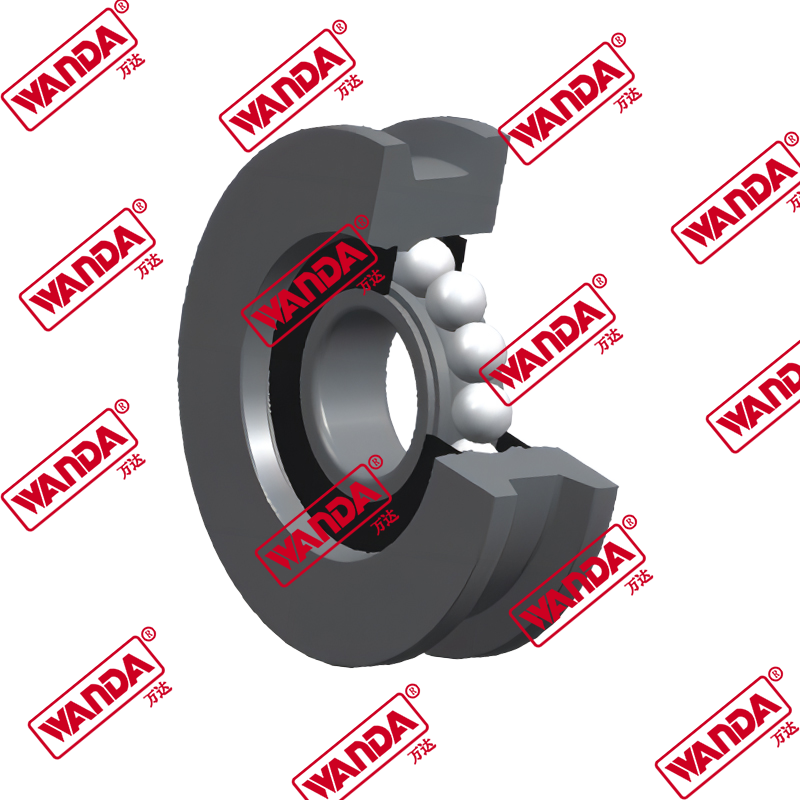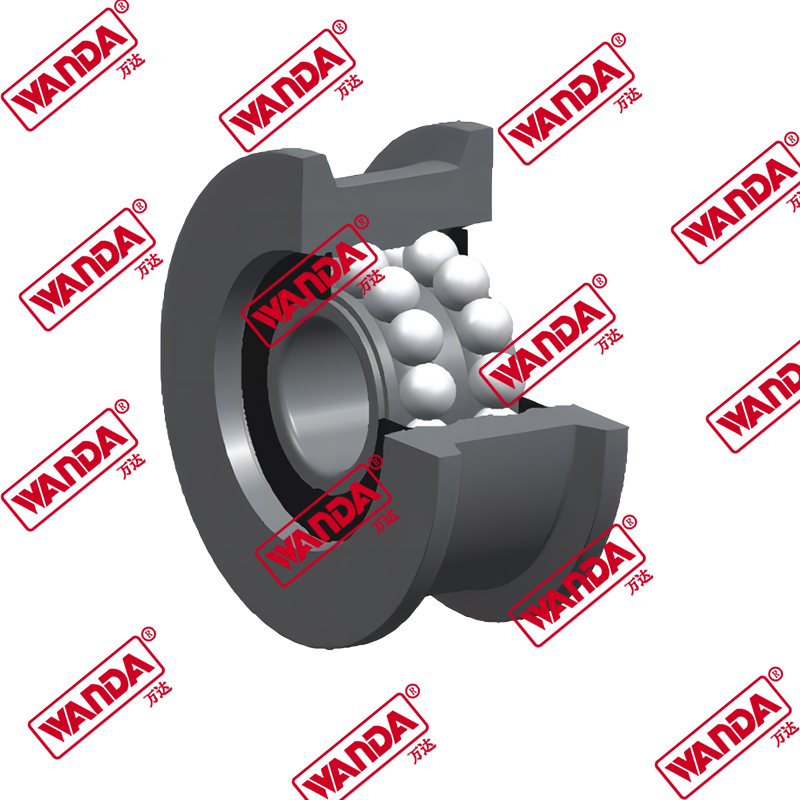1. Definition of abrasive wear
Abrasive wear refers to the wear caused by friction between the sprocket surface and abrasives (such as coal powder, sand, metal debris, etc.). During the operation of the forklift, the chain will inevitably come into contact with these abrasives. When the chain drives the sprocket to rotate, the abrasive will cause friction and wear on the sprocket surface.
2. Principle of abrasive wear
The principle of abrasive wear can be attributed to the cutting and plowing action of abrasives on the surface of Forklift Chain Sheave. When the abrasive comes into contact with the sprocket surface, if the hardness of the abrasive is higher than the hardness of the sprocket material, it will produce a cutting action on the sprocket surface, causing the sprocket surface material to fall off. At the same time, the abrasive will also produce a plowing action on the sprocket surface, that is, a series of grooves will be formed on the sprocket surface, and these grooves will further aggravate the wear of the sprocket.
3. Factors affecting abrasive wear
There are many factors affecting abrasive wear, mainly including the following aspects:
Hardness of abrasive: The higher the hardness of abrasive, the stronger the cutting and plowing effect on the surface of Forklift Chain Sheave, and the faster the wear rate.
Abrasive content: The higher the content of abrasive, the more contact opportunities there are between Forklift Chain Sheave and abrasive, and the faster the wear rate.
Hardness of sprocket material: The higher the hardness of sprocket material, the stronger the resistance to abrasive and the slower the wear rate. However, if the hardness of sprocket material is too high, it may increase the brittleness of sprocket and reduce its service life.
Roughness of sprocket surface: The higher the roughness of sprocket surface, the larger the contact area with abrasive and the faster the wear rate. Therefore, maintaining the smoothness of sprocket surface is one of the important measures to reduce abrasive wear.
Working environment: The working environment of forklift will also affect the speed of abrasive wear. For example, when working in a dusty and humid environment, the sprocket is more susceptible to abrasive erosion.
4. Manifestations of abrasive wear
The manifestations of abrasive wear are varied, mainly including the following aspects:
Scratches and grooves appear on the sprocket surface: This is the result of the cutting and plowing action of the abrasive on the sprocket surface.
Shedding of sprocket surface material: When the cutting action of the abrasive on the Forklift Chain Sheave surface is strong enough, it will cause the shedding of sprocket surface material, forming pit-like wear.
Changes in sprocket tooth profile: Long-term abrasive wear will cause changes in sprocket tooth profile, such as wear on the tooth tip and widening of the tooth root, which will affect the meshing effect between the sprocket and the chain and reduce the transmission efficiency.
5. Hazards of abrasive wear
The hazards of abrasive wear to forklift sprockets are mainly manifested in the following aspects:
Reducing the service life of the sprocket: Abrasive wear will cause the gradual shedding of the sprocket surface material, causing the sprocket to lose its original shape and dimensional accuracy, thereby reducing its service life.
Affecting transmission efficiency: Abrasive wear will cause the meshing effect between the sprocket and the chain to deteriorate, increase transmission resistance, and reduce transmission efficiency.
Safety hazards: Sprockets with severe abrasive wear may break or fall off during operation, posing a threat to the safety of forklifts and operators.
VI. Preventive measures
In order to reduce the abrasive wear of forklift sprockets, the following preventive measures can be taken:
Keep the working environment clean: Clean the forklift operation area regularly to reduce the content of dust and abrasives.
Use appropriate lubricants: Select lubricants with anti-wear properties to reduce friction and wear between the sprocket and the chain.
Inspect and maintain the sprocket regularly: Check and maintain the sprocket regularly to promptly detect and deal with severely worn sprockets.
Improve the wear resistance of the sprocket material: Select sprocket materials with high hardness and wear resistance to improve the wear resistance of the sprocket.
Optimize the sprocket design: Reduce the contact opportunity and wear rate between the sprocket and the abrasive by optimizing the design parameters of the sprocket (such as tooth shape, tooth pitch, etc.).












